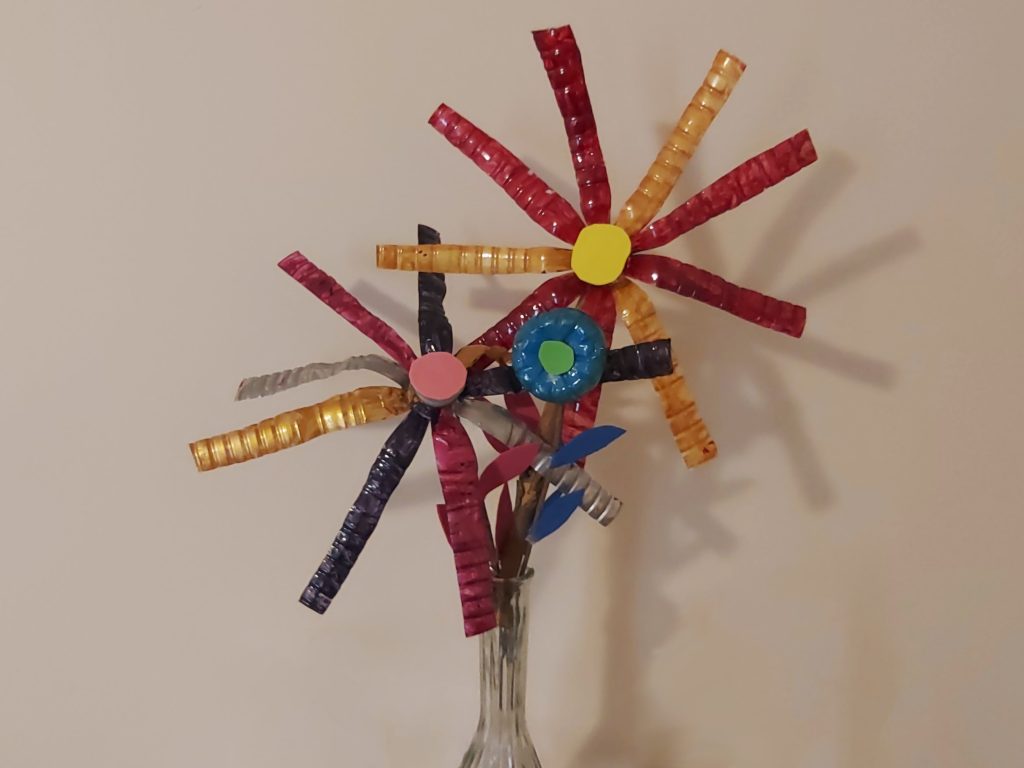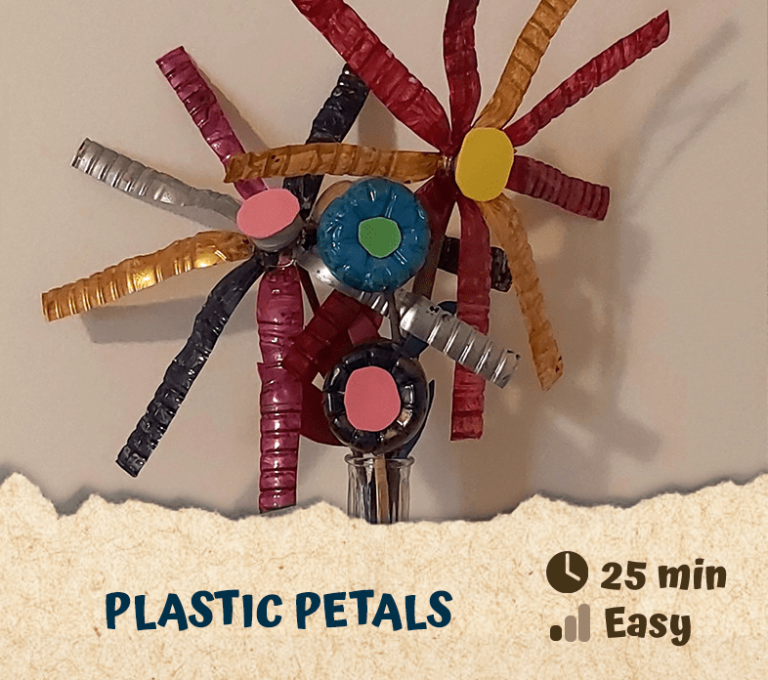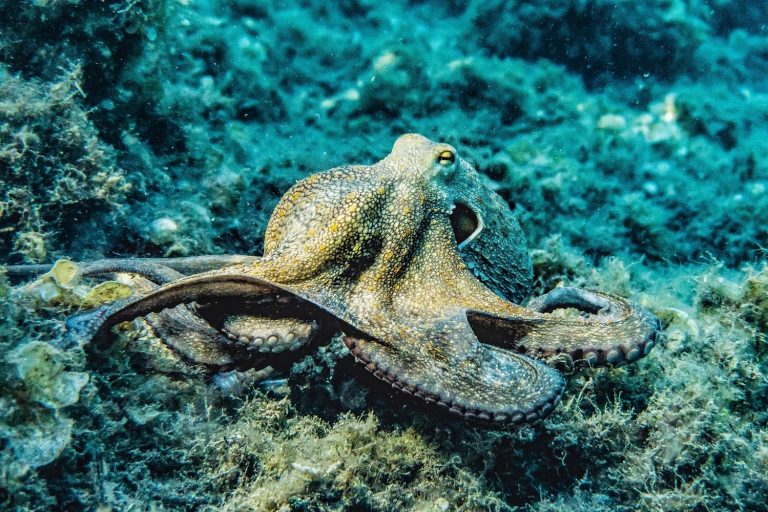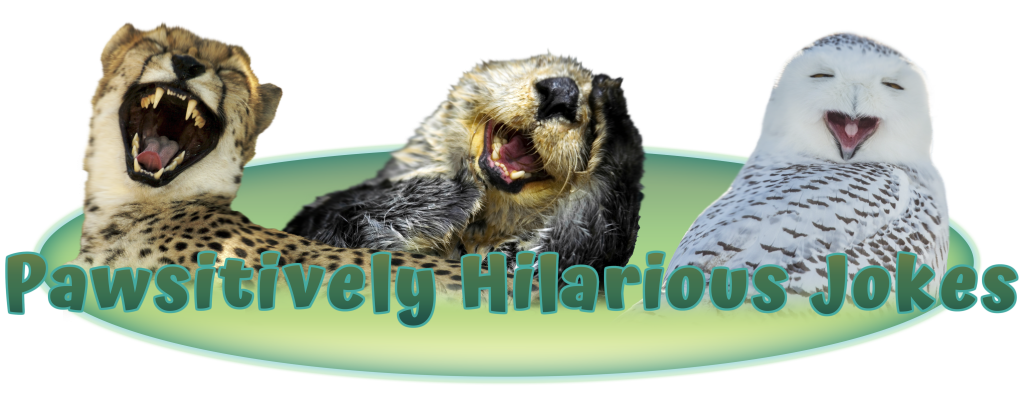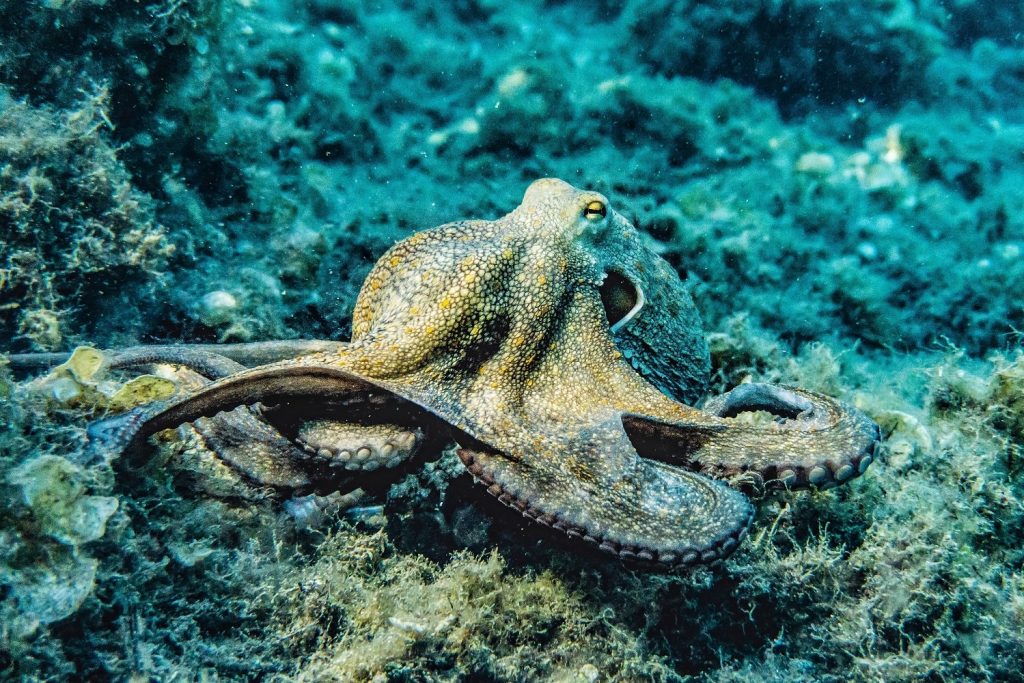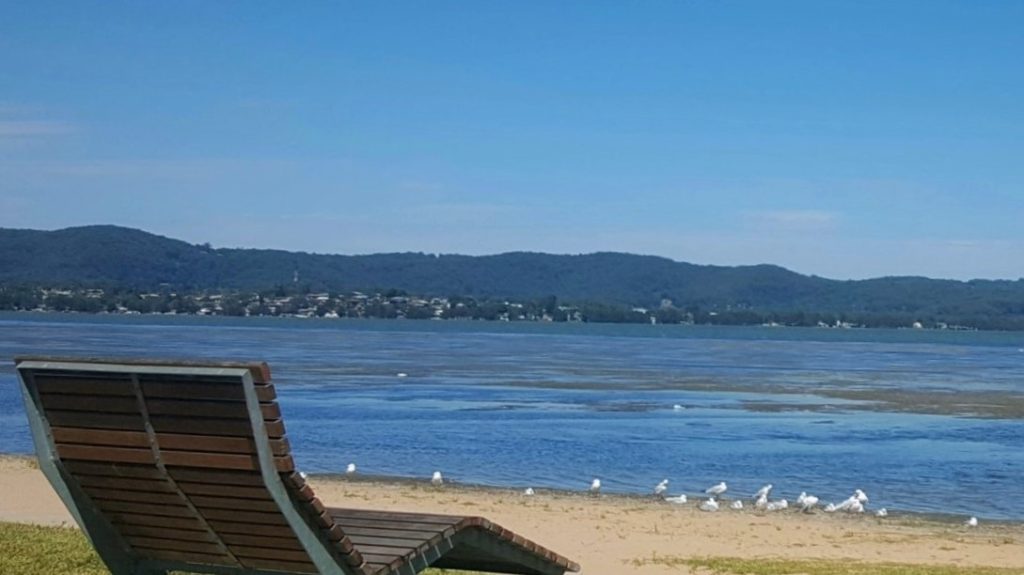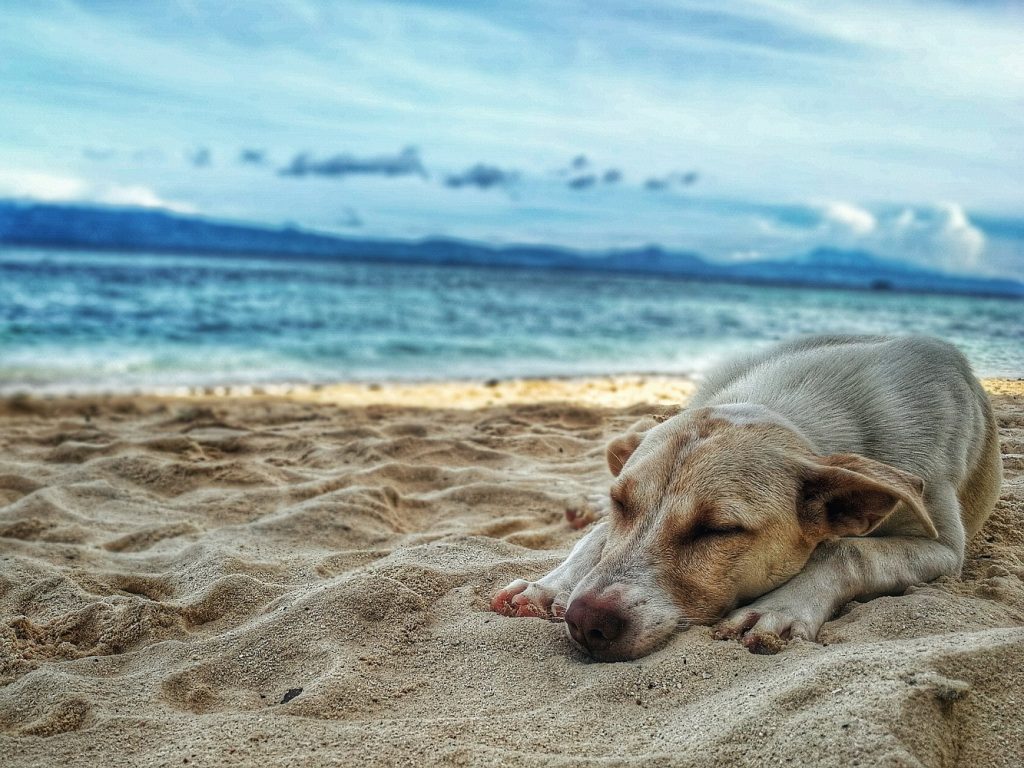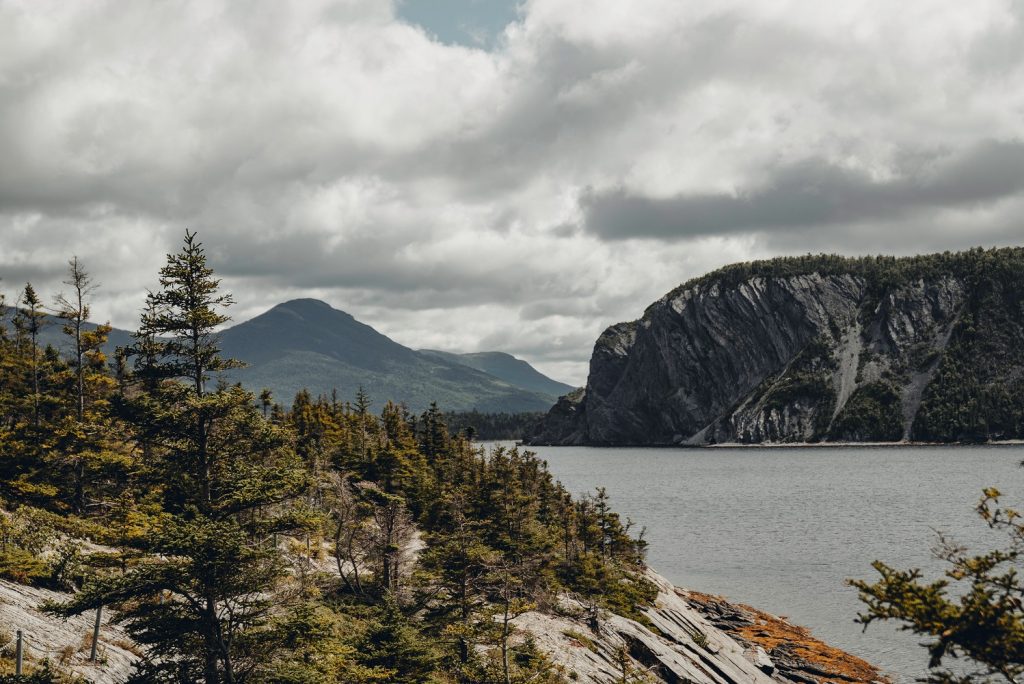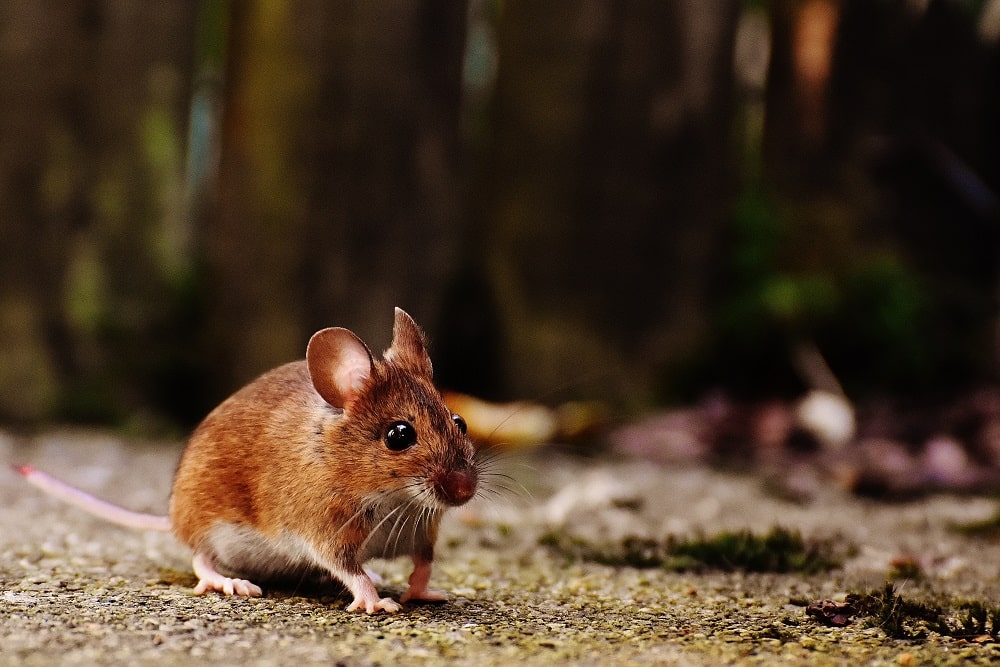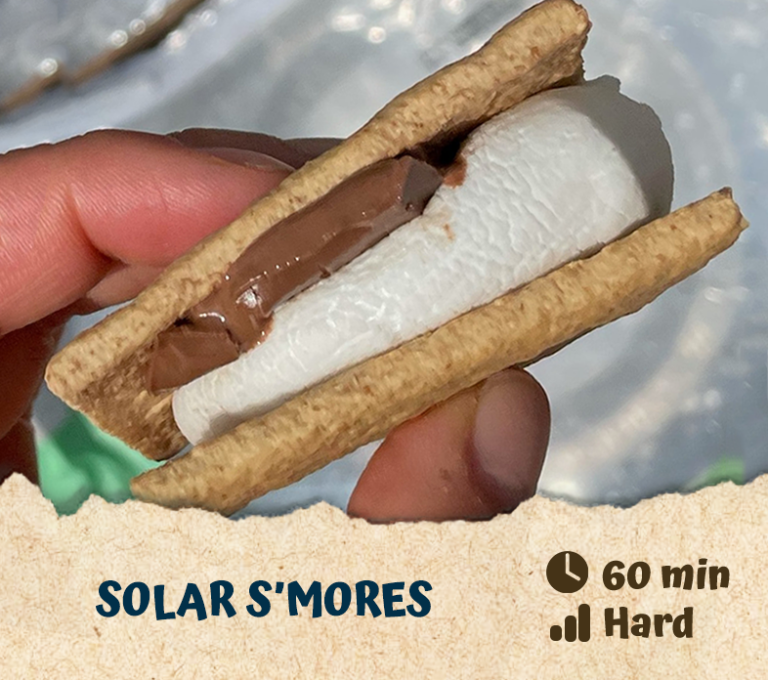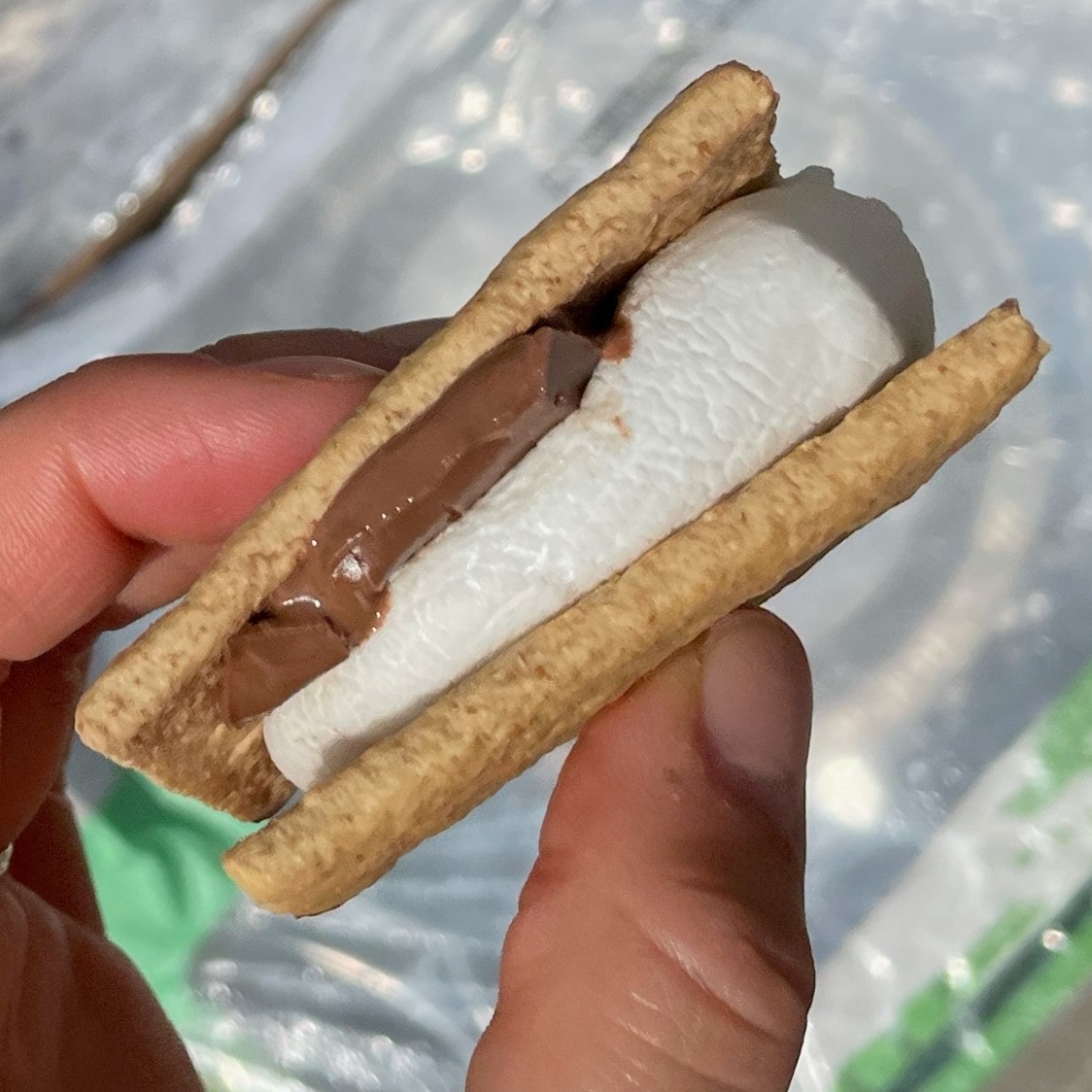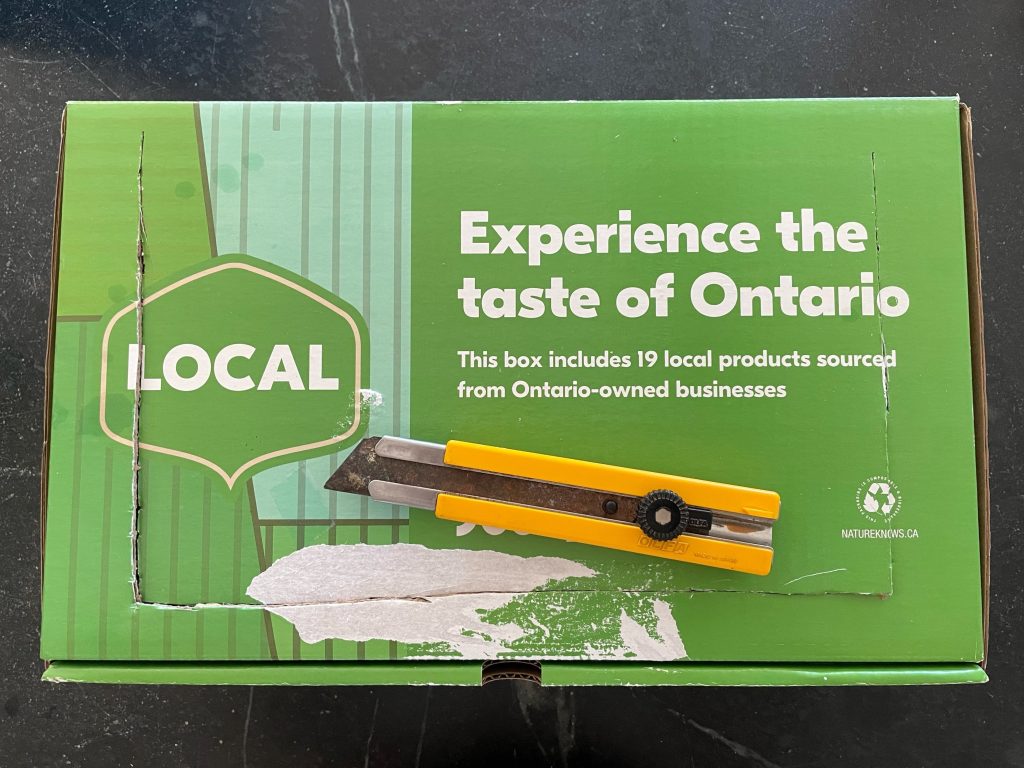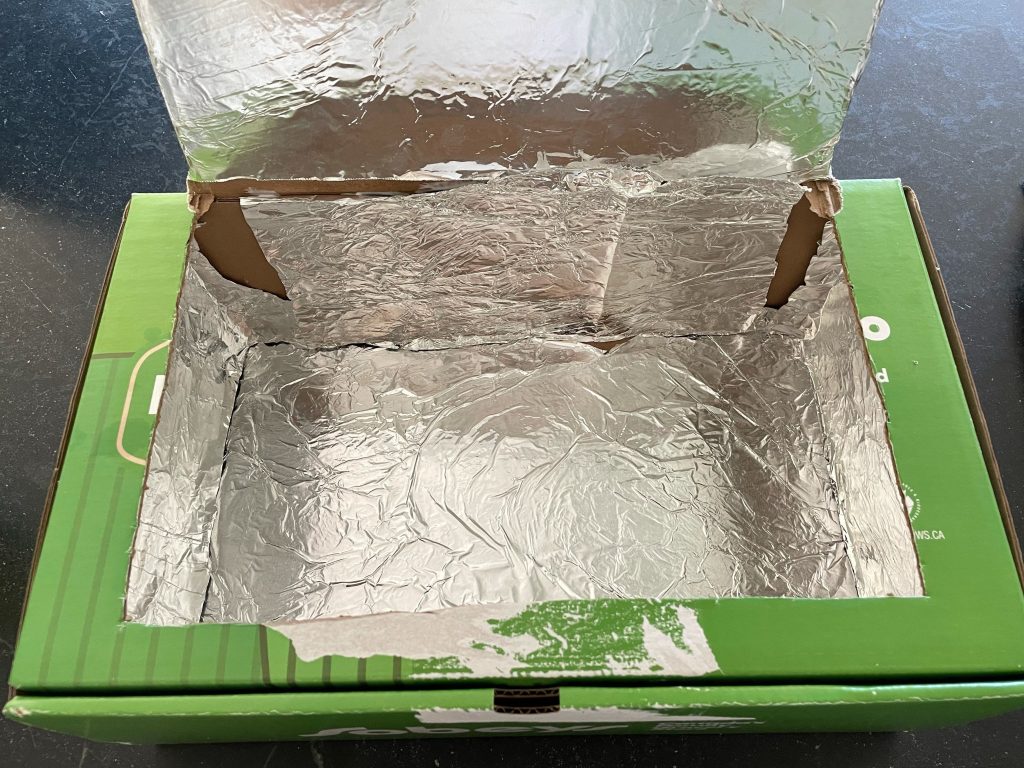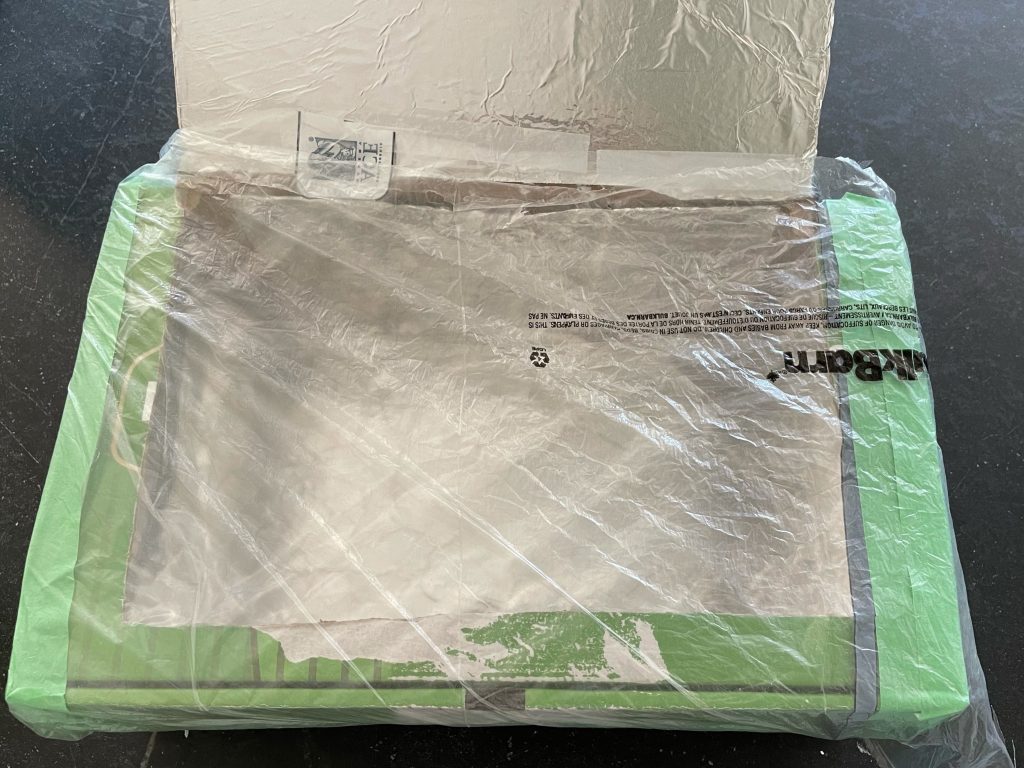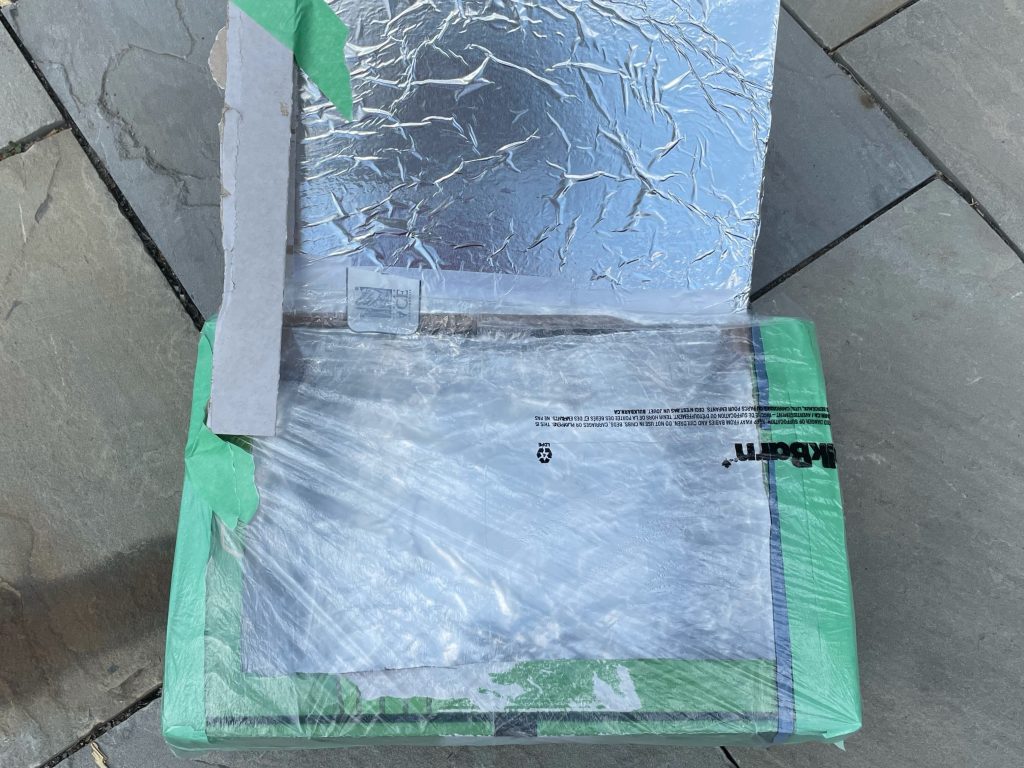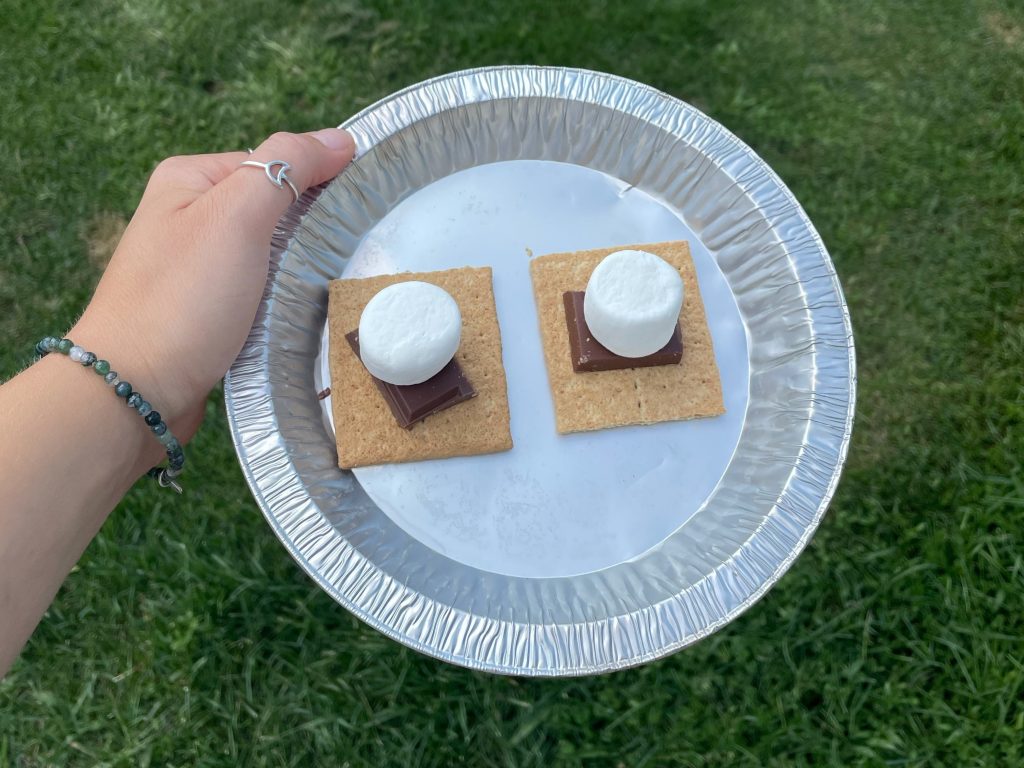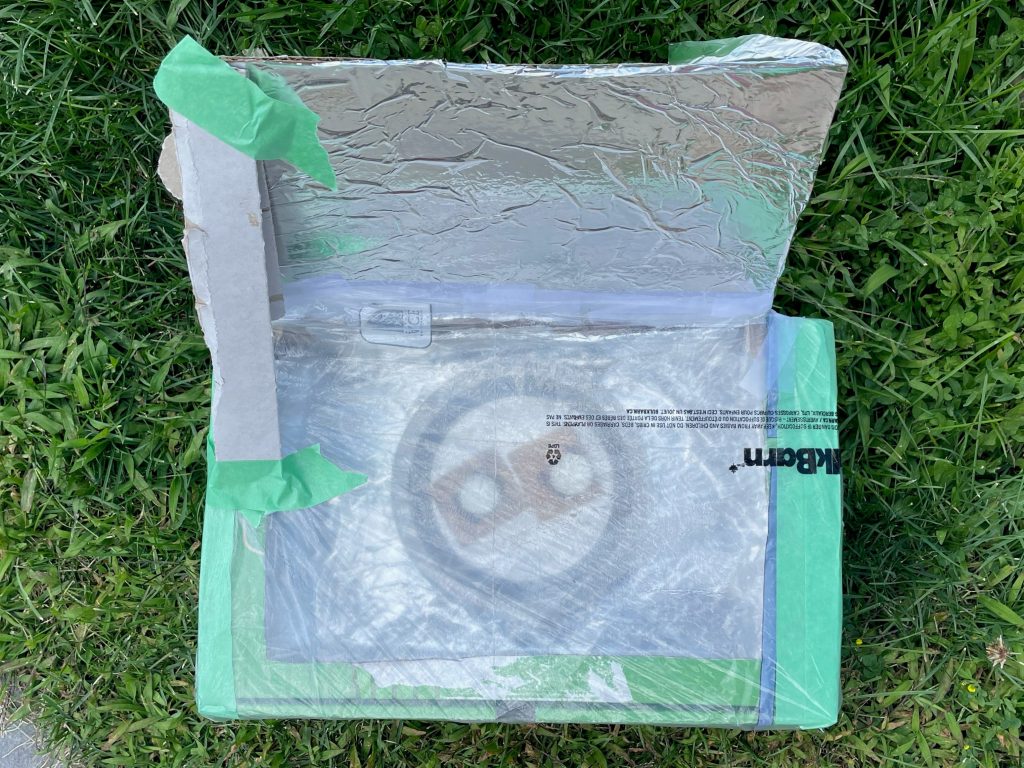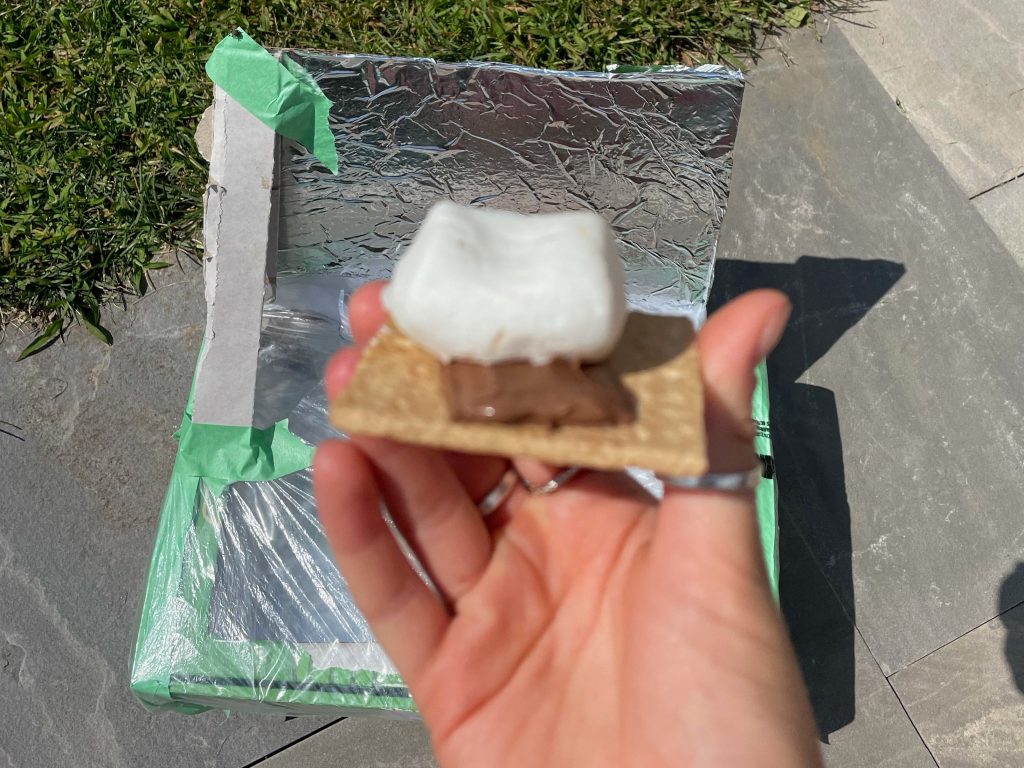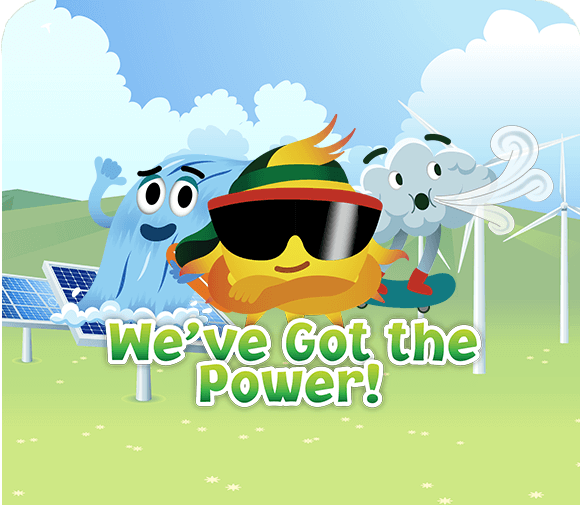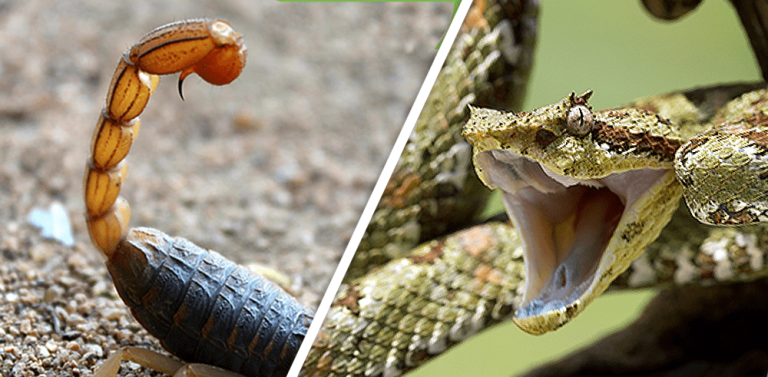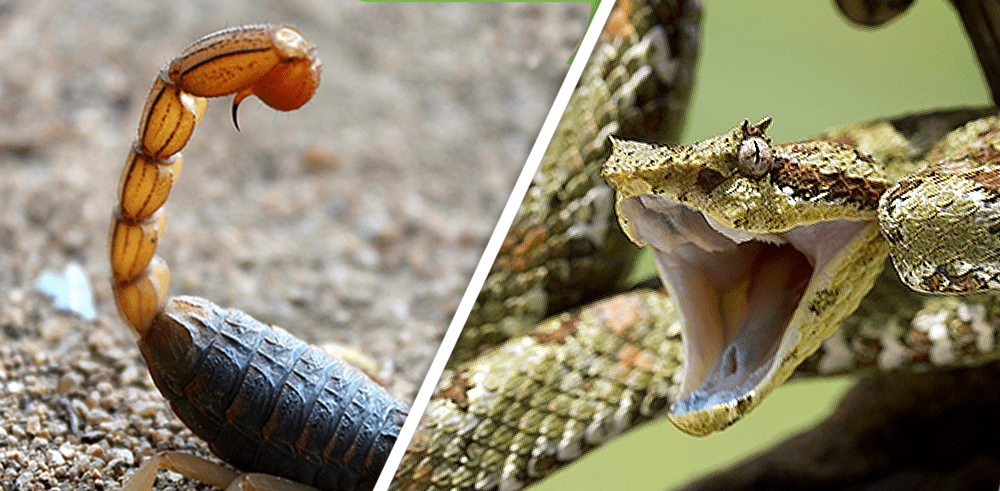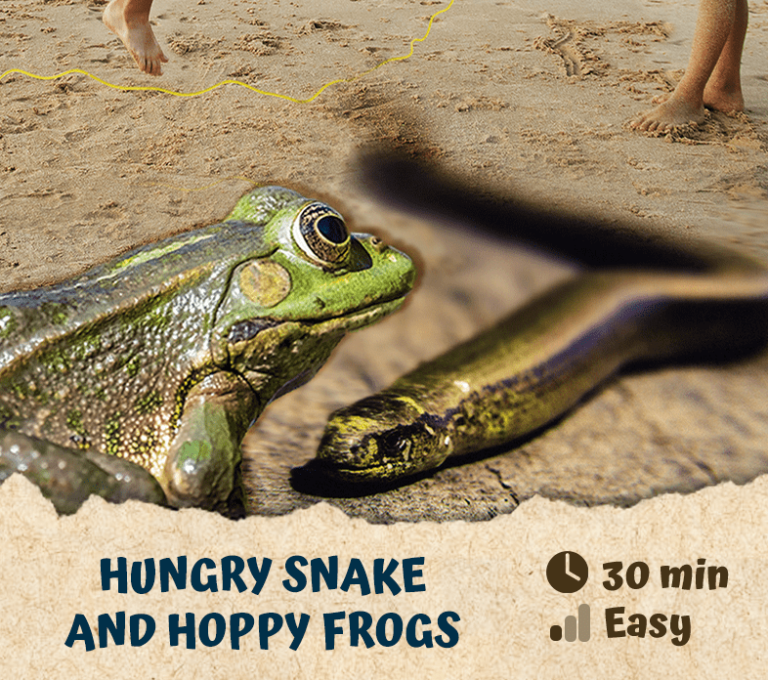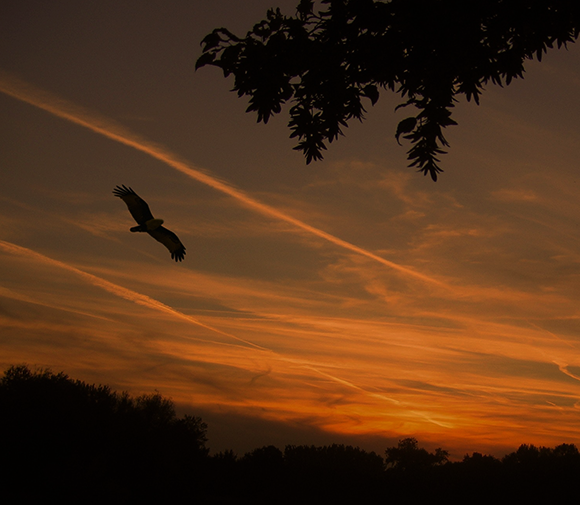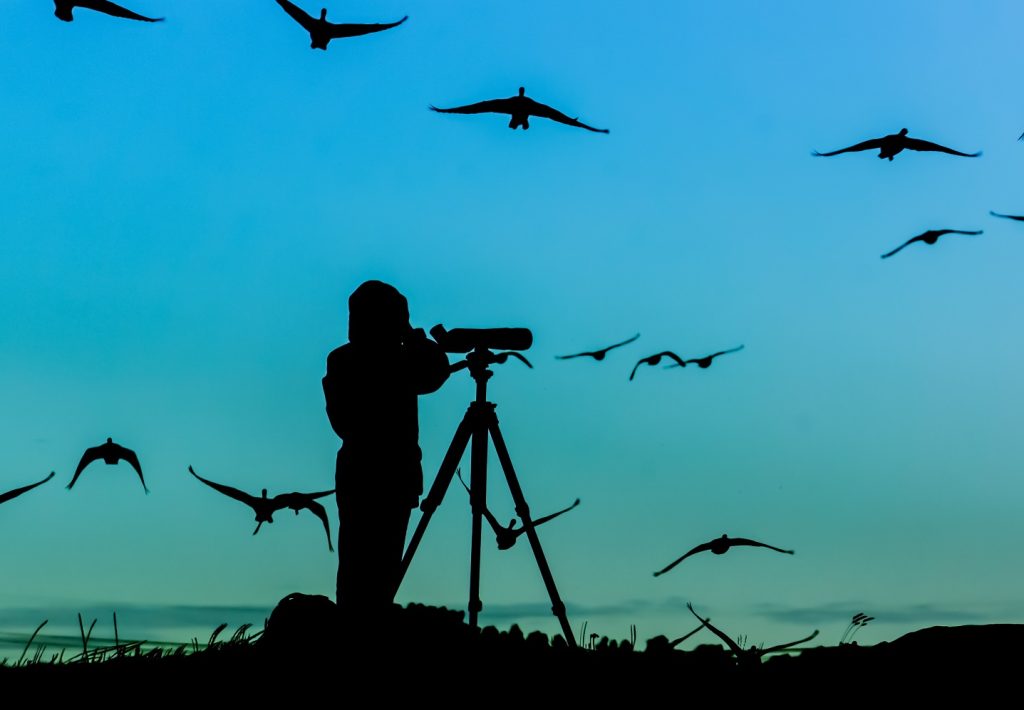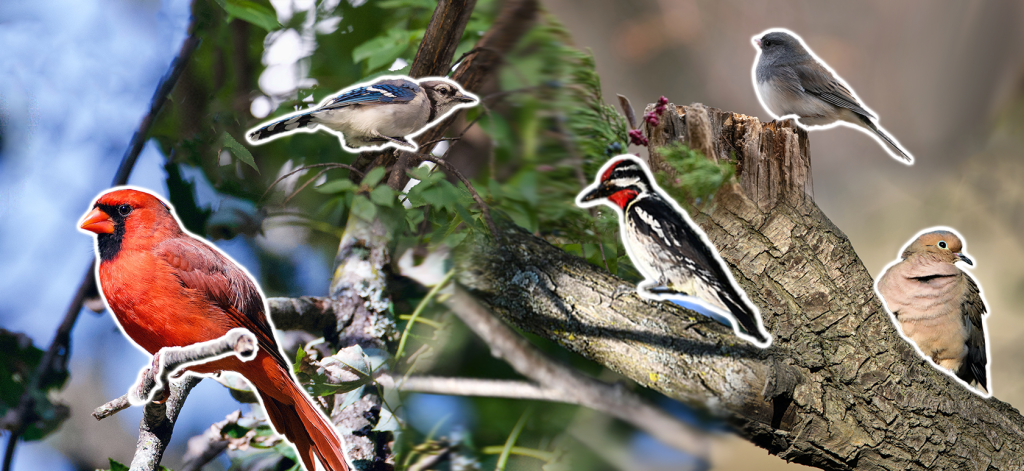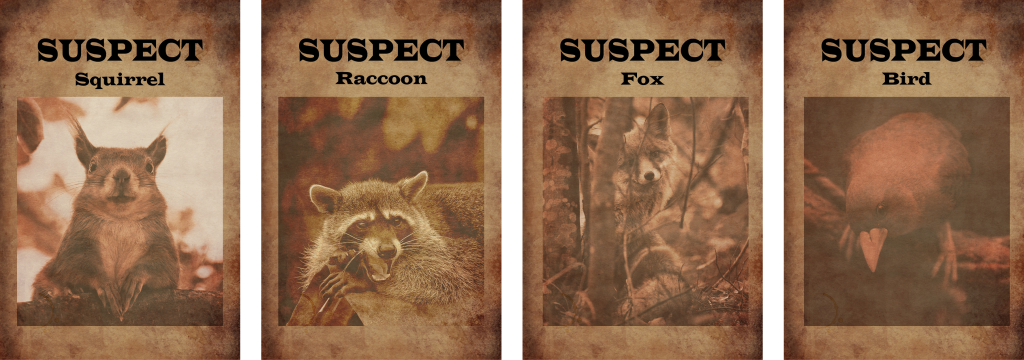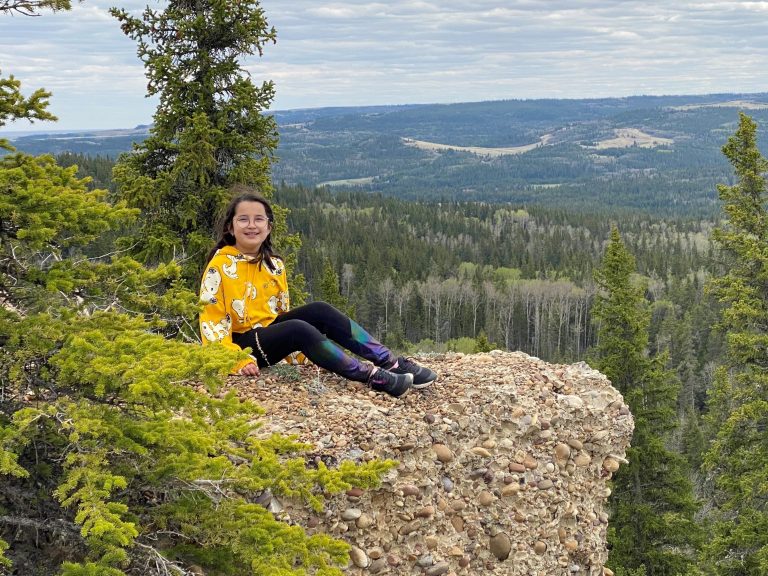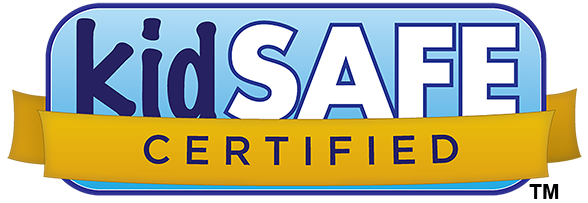Plastic Petals
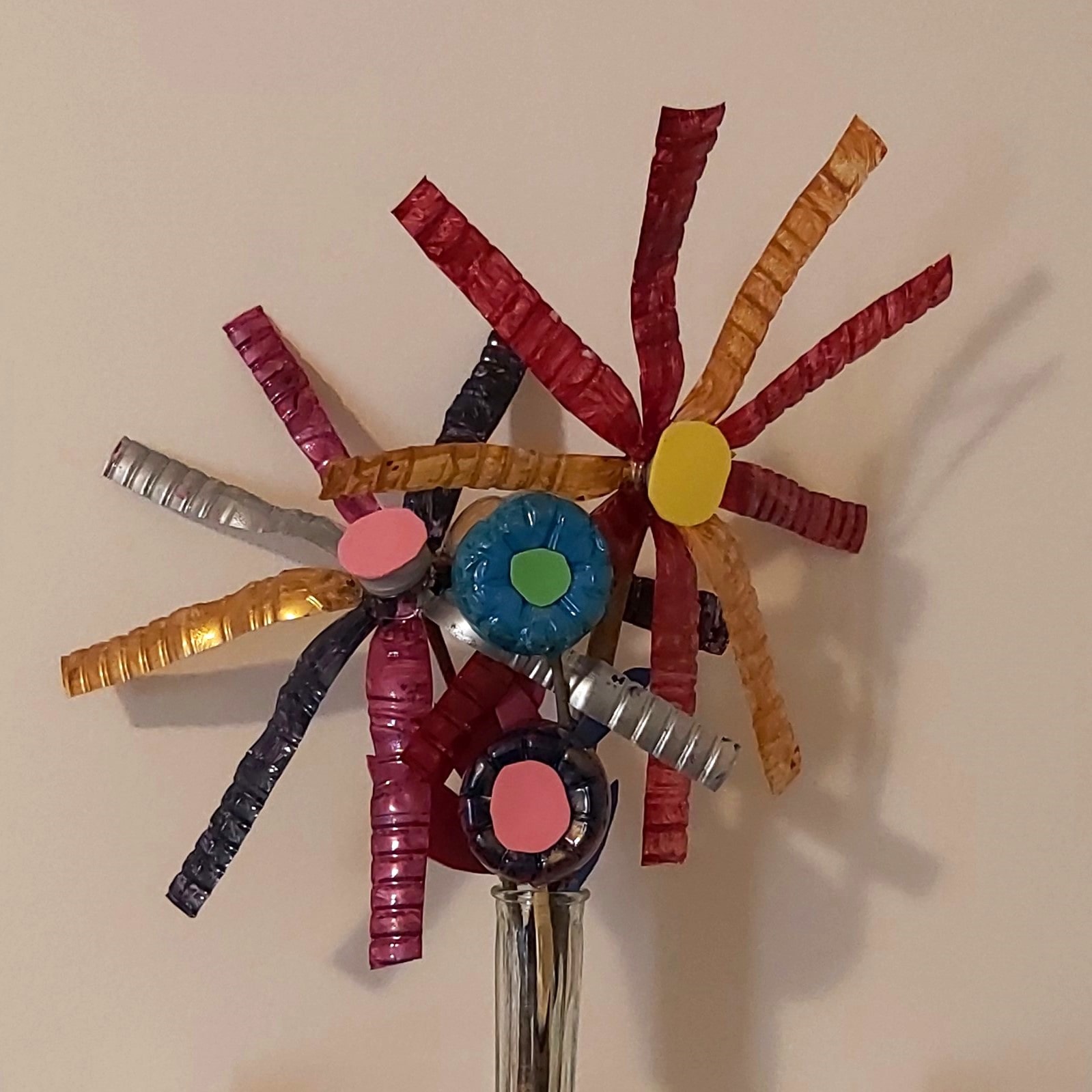
Upcycle your plastic bottle into one of these flashy flowers!
Here’s what you need:
- An upcycled plastic bottle
- Paint
- Scissors
- Glue
- Something for a stem, like a stick, popsicle stick, or thin dowel
- Two different colored paper, foam, or felt sheets
- An Adult to help
Here’s how you make it:
Step 1: After you remove and recycle the label from your bottle, cut the bottom of the bottle off—with an adult’s help, of course!
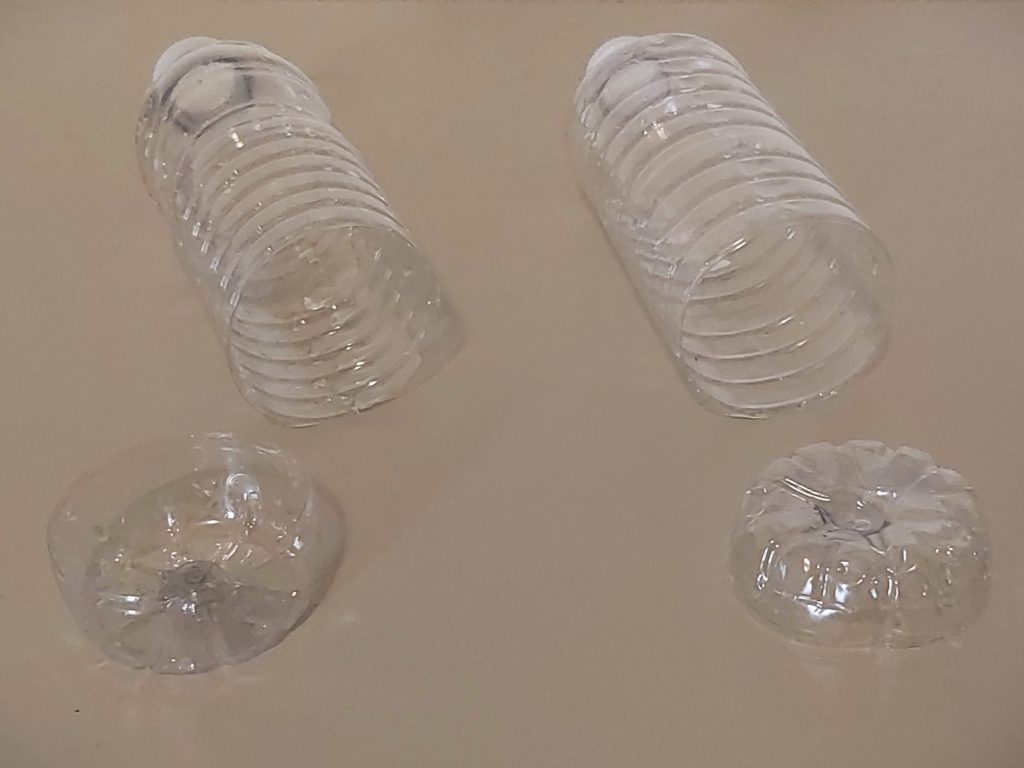
Step 2: Flip the top of your bottle over so the part where you drink from is facing away from you. With an adult to help, cut slits about 3 cm apart around the bottle. They should go all the way to the bottle’s neck. These are the petals. Bend them down so they look like a flower.
TIP: You can make a bonus flower with the bottom of the bottle too!
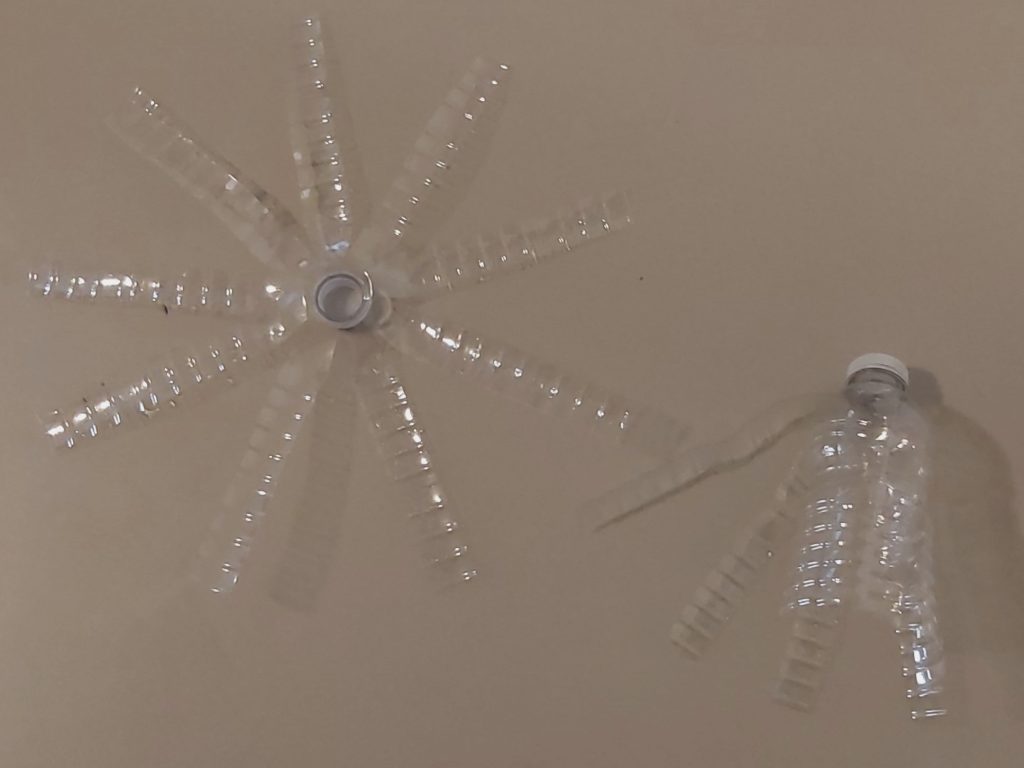
Step 3: Start painting your petals. Feel free to give them different colours and patterns!
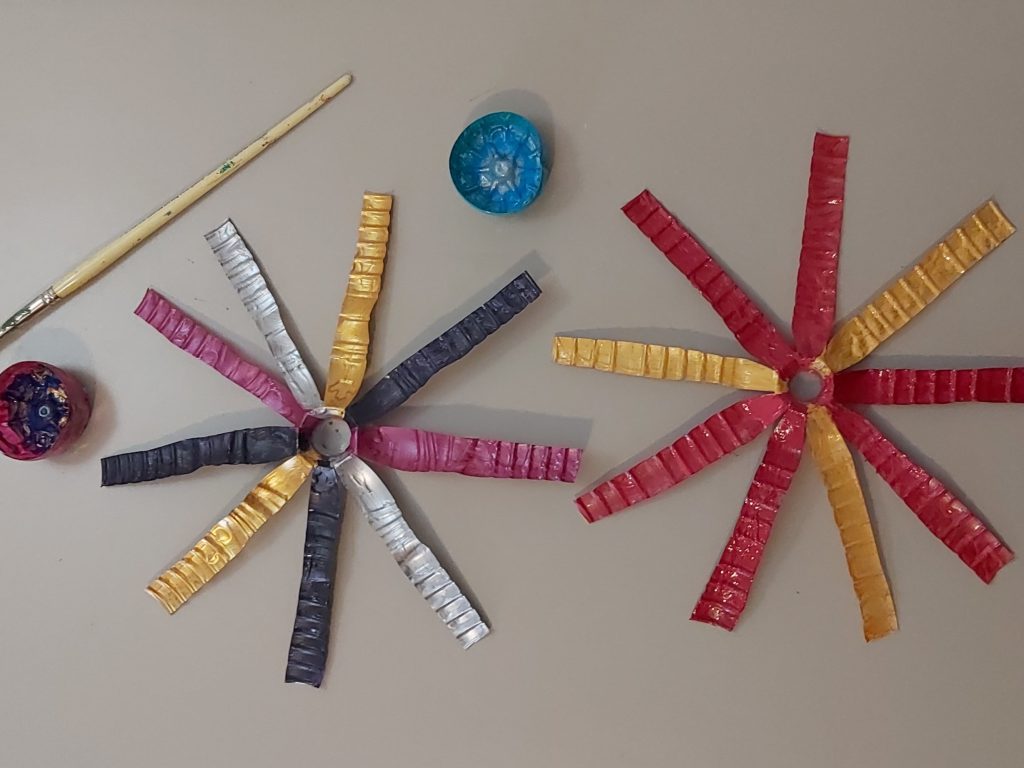
Step 4: While your paint is drying, cut some leaf out of one of the coloured sheets. Cut a circle out of the other one to make the centre of your flower.
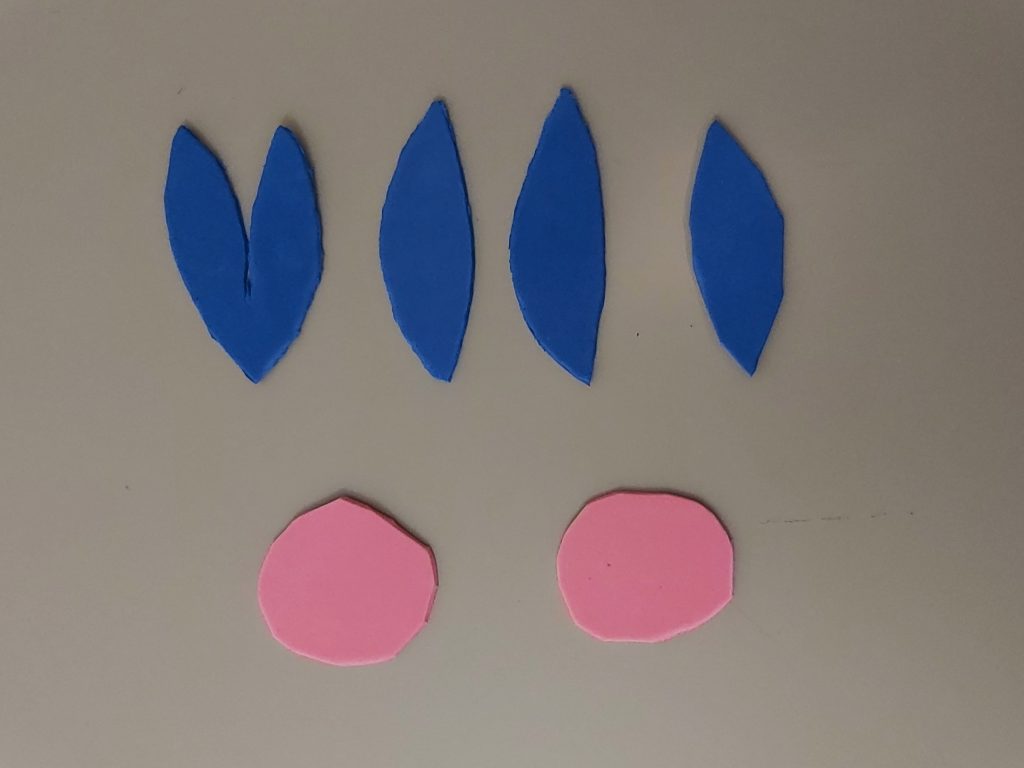
Step 5: Once the paint is dry, glue the circle onto the bottle cap. Next, glue the leaves onto the stem.
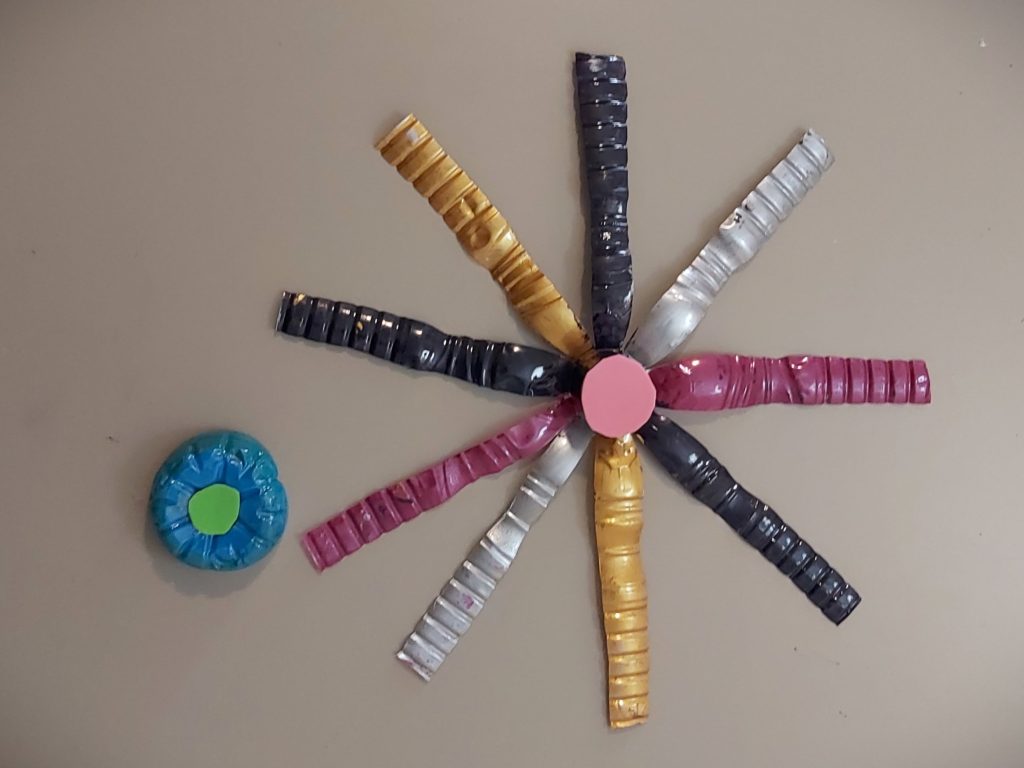
Step 6: Finish up by gluing the stem to the back of the flower.
